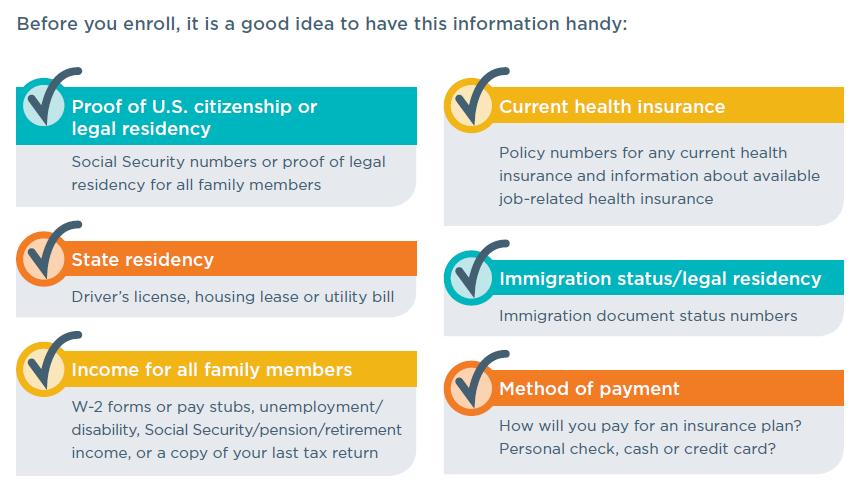
Everything You Need to Know to Navigate Open Enrollment 2024 with Confidence and Get the Right Health Coverage
Open enrollment gives you a yearly chance to enroll in ACA-compliant health plans or update existing individual or family coverage. Typically, the marketplace open enrollment window runs from fall through winter, helping you prepare for the upcoming year with the right plan.
However, open enrollment does not apply to people with employer-sponsored plans, VA care, or coverage through a parent’s insurance. Additionally, Medicare and Medicaid follow separate enrollment timelines, which run from October 15 through December 7 each year.
Medicare or Medicaid, which runs between October 15 through December 7.
Here’s What You Need to Know About Open Enrollment
-
- General Open Enrollment for 2024 runs November 1st 2023 to January 12, 2024.
-
- To have a January 1st 2024 effective date, enrollment should be completed by December 15, 2023. Enrollment after this date will have a February 1st 2024 effective date.
-
- Most states have adopted a universal deadline for enrollment, but this key date varies by state. Be sure to check on your state’s government website for when open enrollment begins and ends for you.
-
- If you receive insurance through an employer, speak with them about their in-house deadlines for enrollment as this can widely vary from the Marketplace deadlines.
-
- Special Enrollment Periods have been expanded for 2024. Individuals who have been disenrolled from Medicaid between March 31, 2023 and July 31,2023 could be eligible for an “Unwinding SEP”; there are also new exceptions for people who have been impacted directly by natural disasters.

Key Points to Look Out for When Comparing Plans:
Scope of Coverage:
Review the plan’s full list of benefits. Most plans cover hospitalization, doctor visits, and preventive care, but not everything. Some plans may exclude alternative options like acupuncture or nontraditional nutrition counseling, so always confirm coverage for what you need. Compare how well each plan covers necessary services. A detailed benefits list usually means fewer coverage gaps and fewer medical exclusions.
List of Exclusions:
Unfortunately, no plan covers every medical need. While some services get full coverage, others may be excluded or only partially covered. Watch for common exclusions such as cosmetic procedures, pregnancy, congenital disorders, experimental treatments, and pre-existing conditions. For pre-existing conditions, insurers often require a waiting period before benefits begin. Know this before you enroll in a plan.
Deductible and OOP Max:
When comparing plans, check the deductible and out-of-pocket maximum (OOP max). These determine your yearly healthcare spending limits. The deductible is what you pay before your plan contributes. Make sure it’s realistic for your budget and healthcare needs. The OOP max is your financial ceiling. After reaching it, insurance covers all eligible costs. Choose a plan that balances both.

Network Providers
Due to nationwide healthcare professional shortages, prioritize plans that offer broad access to in-network providers in your area. Network providers—doctors, counselors, and specialists—contract directly with insurance companies, which results in lower costs for in-network services compared to out-of-network care. Plans with limited provider networks reduce both your access to care and your freedom to choose who manages that care. To avoid limited options, review the plan’s list of in-network providers before enrolling, especially those practicing in your local area.
Insurance Company History
Although often overlooked, researching an insurer’s history and credibility is crucial when comparing health plans and selecting long-term coverage. Check each insurer’s Claim Settlement Ratio, which shows how often they honor claims versus how many claims customers submit. Higher settlement ratios signal strong reliability, better service, and lower chances of claim denial—fewer financial headaches for you. In contrast, low ratios may indicate frequent denials, pushing you to cover costs out of pocket when you least expect it. While not foolproof, this ratio offers valuable insight into a company’s credibility, flexibility, and overall trustworthiness.
